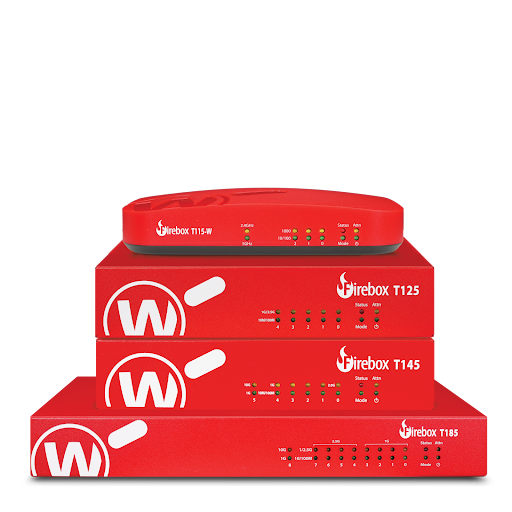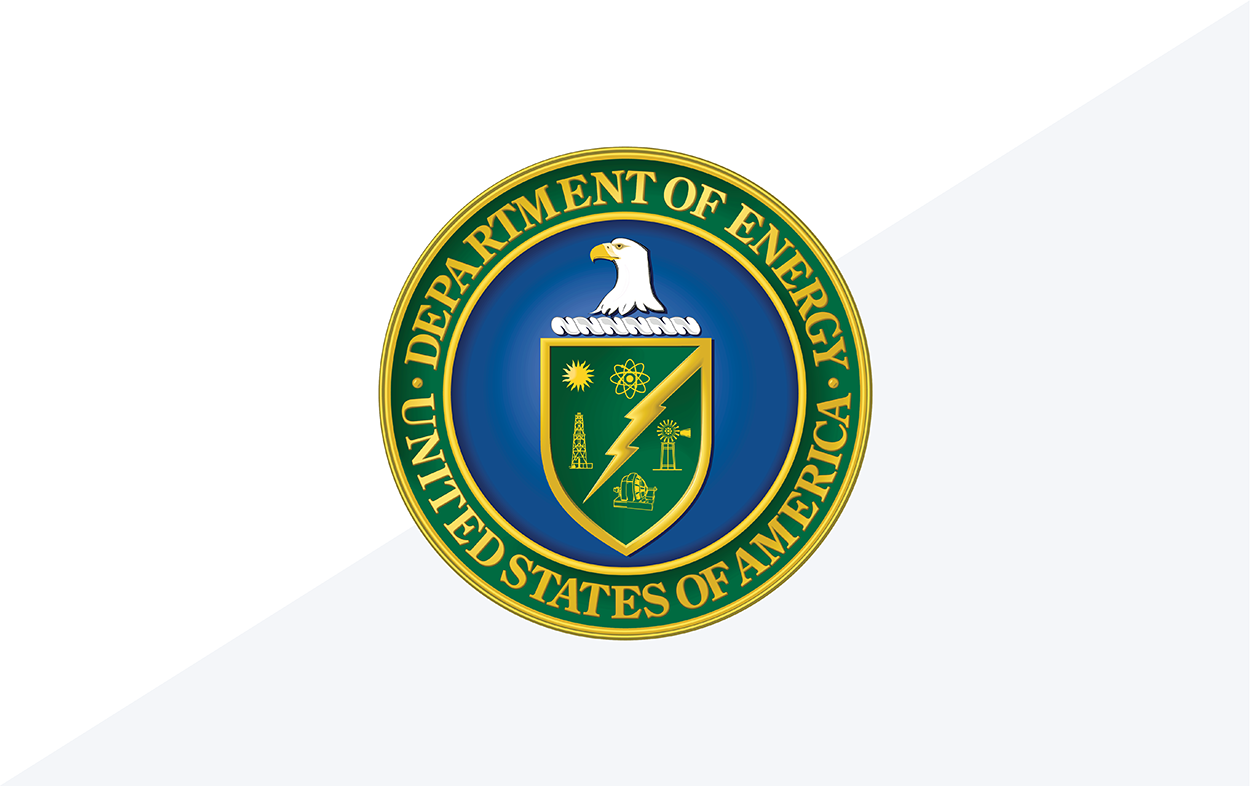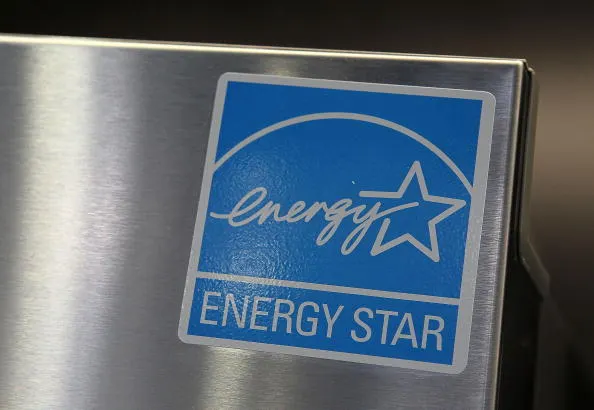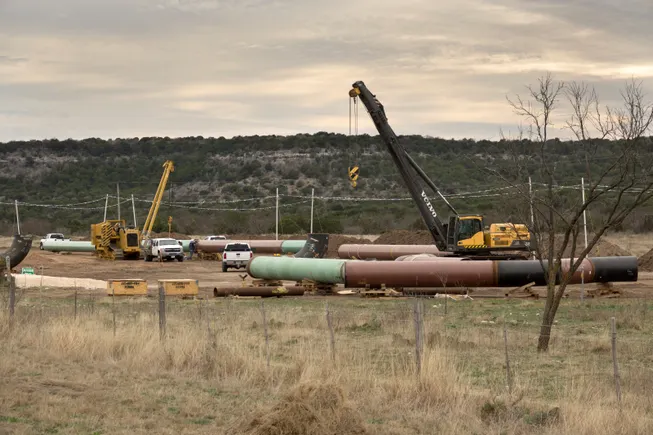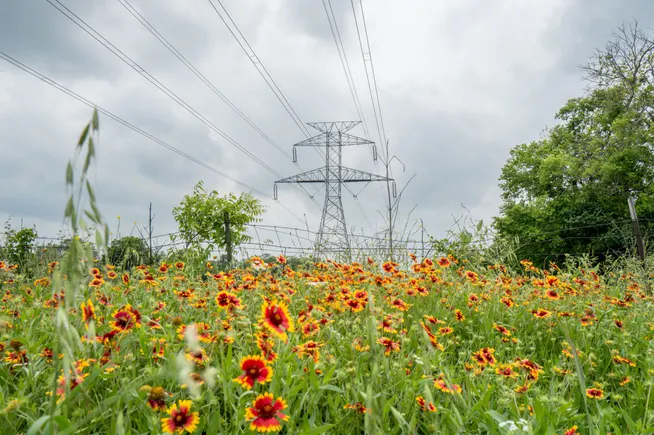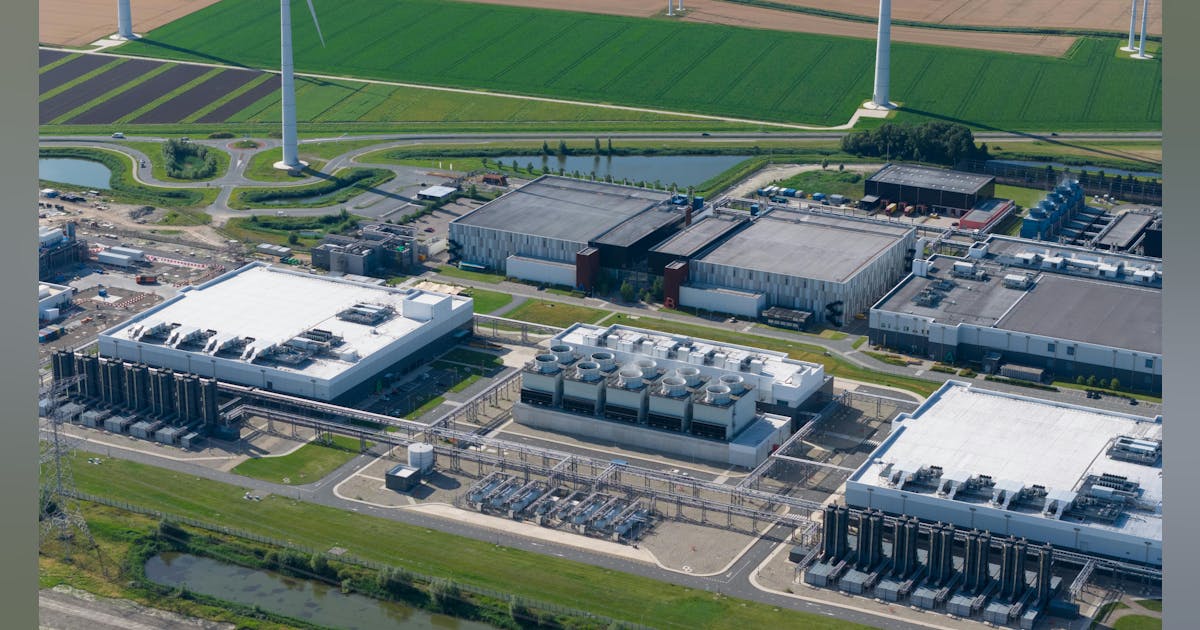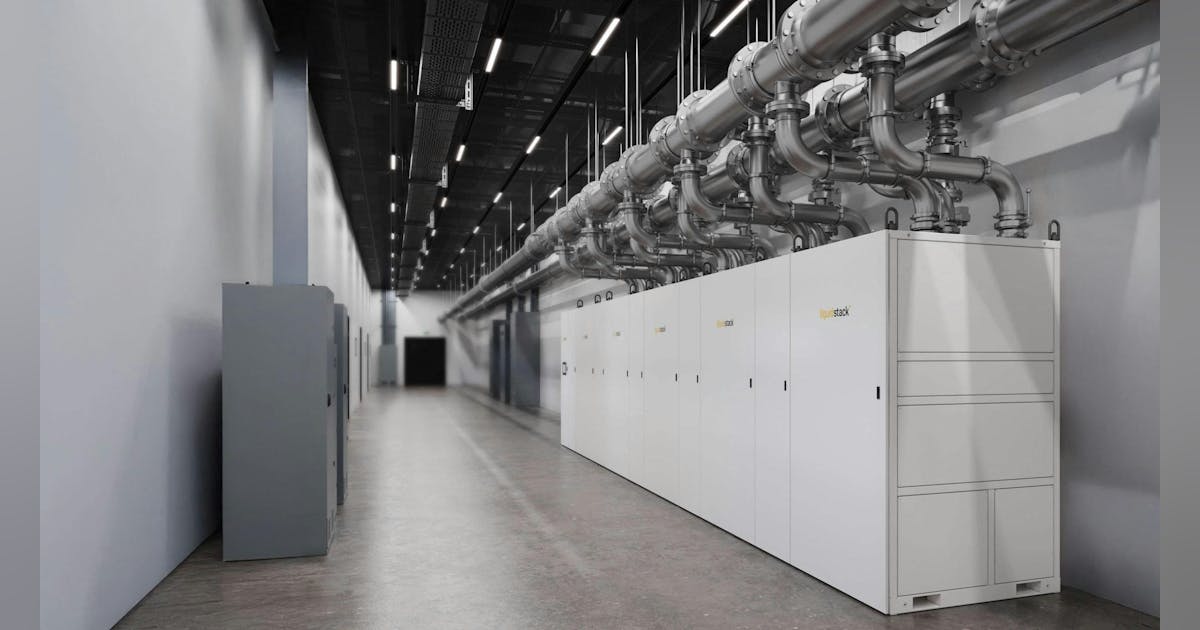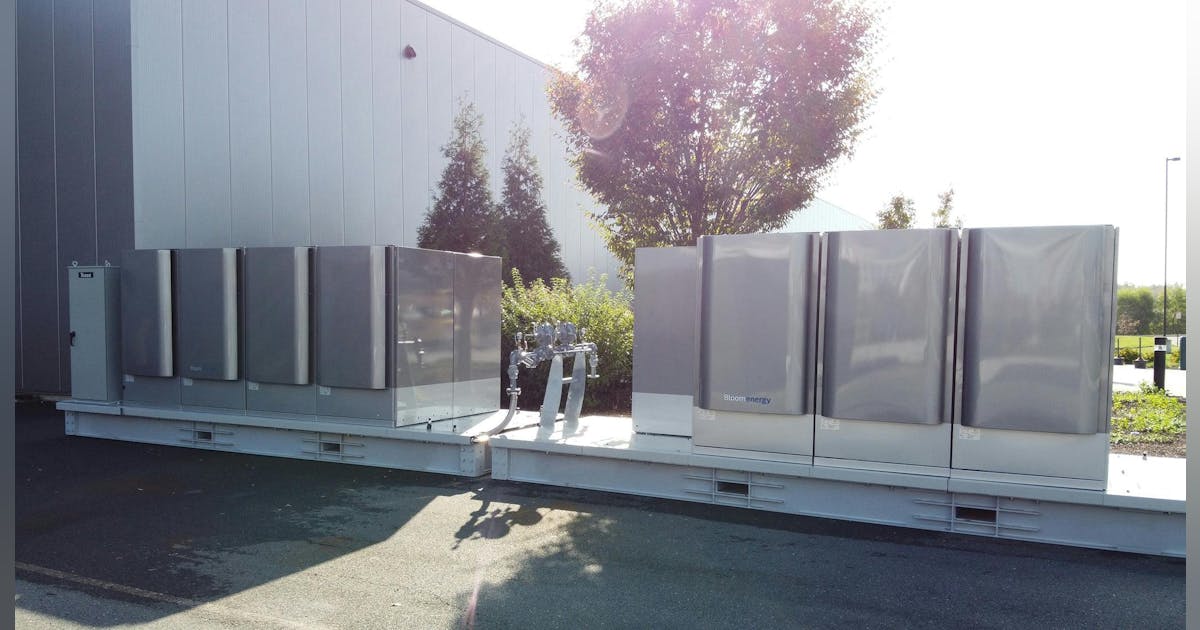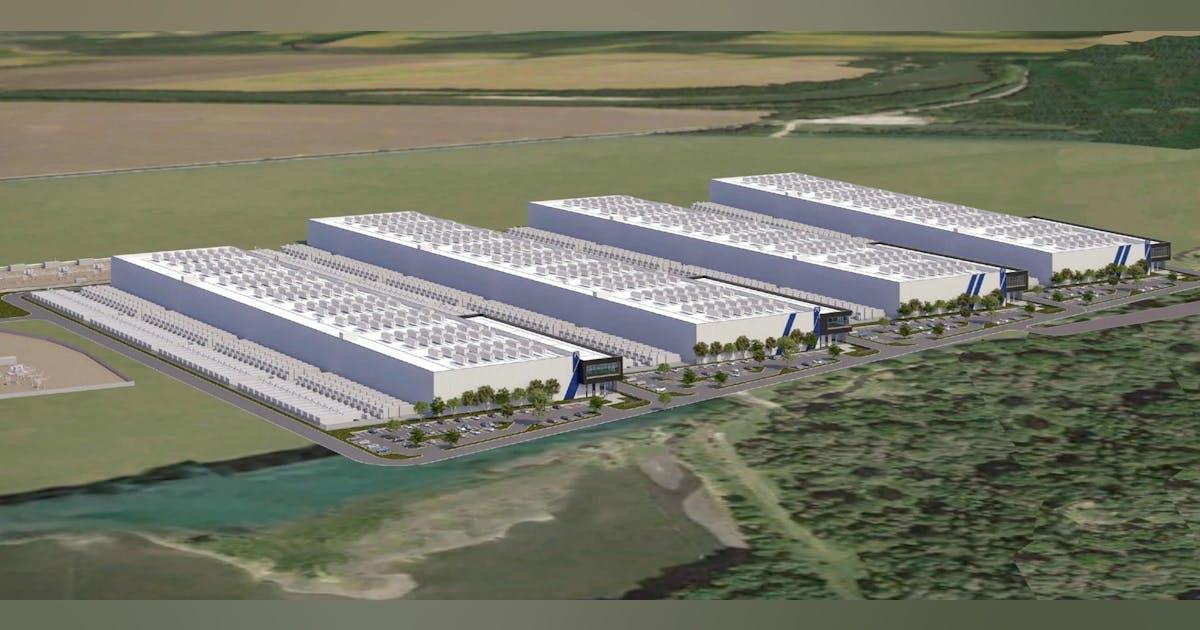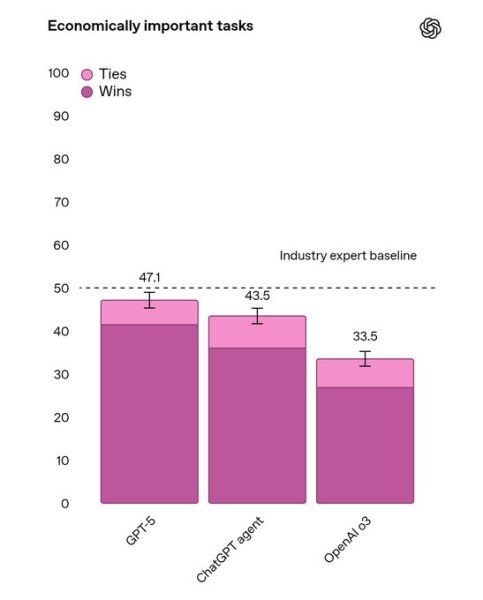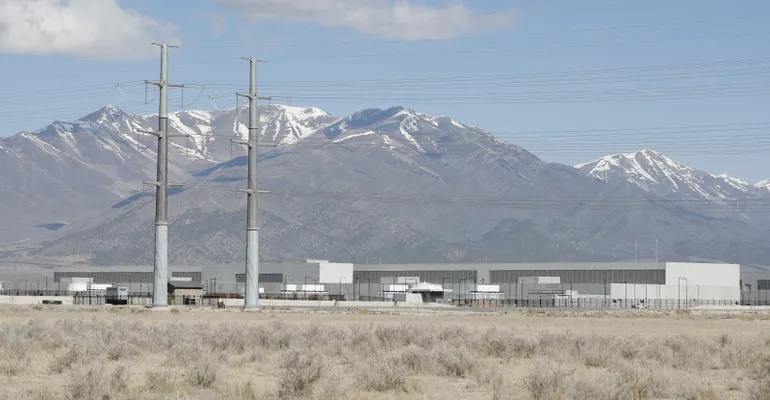
Pete Elliott is senior technical staff consultant at ChemTreat and Richard Tribble is technical service consultant at ChemTreat.
The growth of data centers is accelerating rapidly, driven by generative AI, cloud computing and increased digital infrastructure demand. As utilities plan for the resulting rise in electricity consumption, one critical factor is often left out of the conversation: water.
Cooling systems are among the most resource-intensive components of data center operations. Whether using evaporative cooling towers, liquid-cooled systems, or air-based methods, the trade-offs between water consumption and energy demand carry significant implications for utilities and grid planning.
In many cases, these trade-offs are not fully integrated into siting, design or forecasting discussions, despite their direct impact on infrastructure resilience and long-term environmental performance. Utilities and data center operators will need to coordinate more closely to address these challenges as energy and water demand rise in tandem.
AI is reshaping infrastructure demand
AI workloads require far greater computing power than conventional applications. This demand is driving up server rack power densities and increasing the heat load across data centers. Facilities that once averaged 8 kW per rack now often exceed 17 kW, with projections approaching 30 kW by 2027.
As thermal loads increase, so do the cooling requirements. Data center power demand is expected to grow 50% by 2027 and potentially 165% by 2030. In parallel, total onsite and offsite water use associated with AI infrastructure is projected to reach 4.2 to 6.6 billion cubic meters annually, equivalent to nearly half the United Kingdom’s annual water withdrawals.
These trends place added strain not only on utility-scale energy infrastructure, but also on regional water systems, particularly in areas already facing water scarcity or seasonal stress.
Understanding the water-energy trade-off
Evaporative cooling systems are commonly used in data centers due to their thermodynamic efficiency. However, they use significant volumes of water onsite. In contrast, air-cooled systems, which rely almost exclusively on high levels of mechanically-driven air flow, minimize water use but require much more electrical fan horsepower to achieve the same cooling performance.
This creates a well-documented water-energy trade-off: choosing a water-efficient system can shift the resource burden to the power grid and, by extension, to upstream water used in electricity generation.
For example, transitioning a 100-MW data center from water-cooled to air-cooled chillers could increase electrical demand by over 10,000 kW. Based on national averages, this would shift more than 120,000 gallons of water used per hour to the power generation side of the equation, often in regions already managing tight water reserves.
Furthermore, even after optimizing cooling tower operation at the power generating station via increased cycles of concentration (reduced intentional cooling tower blowdown), water loss through evaporation still stands as the major contributor to total water usage for the system, by far. Evaporation water loss is directly driven by evaporative heat load emanating from the data hall.
In dry climates, the use of adiabatic cooling systems and hybrid fluid coolers can reduce the amount of water consumed by a data center using traditional evaporative cooling by 10-fold, depending on the location. Adiabatic systems can provide the same degree of cooling as an evaporative tower, while consuming 90% to 95% less water and 70% less than hybrid fluid coolers. Adiabatic systems need high-quality water, often restricted to reverse osmosis or demineralized water. The makeup water cost can be high with pre-treatment included, but the volume drawn from local sources is more acceptable. According to Mechanical Resource Group, adiabatic cooling can also conserve 10% to 20% of the power used by conventional cooling methods.
Understanding these dynamics is key for utilities, given their direct influence on grid load profiles and total community resources impact.
A utility engagement framework
Utilities can play a proactive role in supporting sustainable data center development by incorporating water considerations into their engagement and planning processes. These include:
- Early coordination on siting and design to evaluate cooling strategies, system loads and energy requirements;
- Modeling regional water and energy impacts during infrastructure planning to identify potential stress points;
- Establishing a comprehensive analytical profile of the water quality for all potential water sources under consideration for use. (This would include modeling variable blend proportions that optimize usage of reclaimed water sources, balanced with other higher-quality water sources);
- Supporting closed-loop and recycled water systems, where feasible, to reduce total water withdrawal; and
- Exploring real-time monitoring of water and power use as a tool for improving forecasting and compliance reporting.
Some of the most effective utility partnerships involve collaboration not only on power delivery but also on integrated resource planning. As water and energy use become increasingly interdependent, siloed approaches may fall short of meeting reliability and sustainability goals.
Managing risk and maintaining viability
As public awareness of data center resource use grows, local opposition is becoming more common, particularly in regions where the water supply is limited or drought-prone. Municipal leaders are increasingly concerned with how these facilities fit into broader environmental and infrastructure goals.
Failure to manage water-related risks can delay or block data center projects, strain community relations and increase operational costs. Conversely, proactive planning that includes utilities can help operators maintain compliance, reduce total resource use and protect their long-term license to operate.
For utilities, this is not only about supporting customer growth but also about protecting grid integrity and infrastructure investments in an increasingly resource-constrained environment.
Moving toward integrated resource planning
Data centers are now among the largest utility-scale customers in many regions. Their operational decisions have implications far beyond their fence lines, affecting water utilities, power producers, local governments and surrounding communities.
Utilities that incorporate both energy and water impacts into their planning processes will be better positioned to support responsible data center growth while maintaining long-term resource resilience.
As infrastructure demands increase, collaboration between utilities and operators will be essential. Ensuring reliable, efficient and sustainable operations will require a more integrated approach, one that acknowledges the full cost of supporting digital infrastructure at scale.


